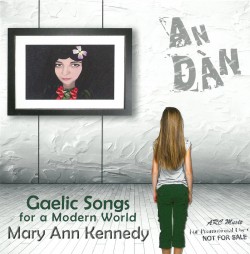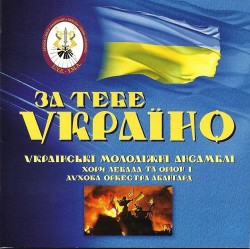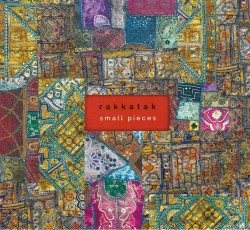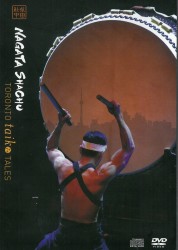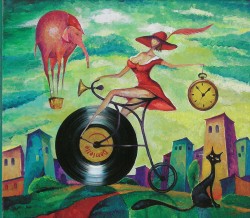Ruckus - Beyond the Pale
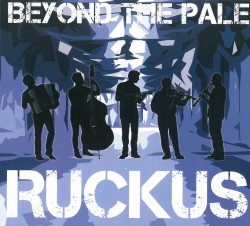 Ruckus
Ruckus
Beyond the Pale
Borealis Records BCD245 (borealisrecords.com)
The acoustic Eurofolk ensemble, Beyond the Pale, has been an important voice on the world music scene in Toronto for nearly 20 years. Known for their ability to blend genres in interesting ways, the group continues on that path with their fourth release, Ruckus, their first in eight years.
Instrumental mastery is a hallmark of the album but it comes through in the musicians’ – Bret Higgins (bass), Aleksandar Gajic (violin), Milos Popovic (accordion), Eric Stein (mandolin), Martin van de Ven (clarinets) and Bogdan Djukic and Max Sennit (percussion) – heartfelt and cohesive playing rather than a lot of show-offy, lightning speed runs. That said, there are some displays of virtuosity here and there that really dazzle.
The disc contains a mix of traditional and original compositions, with most of the band members contributing originals in true ensemble fashion. The songs alternate between plaintive ballads and rousing dance and celebration songs. Being a sucker for a low clarinet, the opening track, Atlas Revolt, grabbed me right off the bat. Ruckus in Ralja with its evocation of dance halls of Eastern Europe and the moody restraint of Andale are other standouts.
The instrumentation is essentially the same throughout and although using a variety of techniques and approaches brings some distinctiveness, I have to say that about halfway through the album the songs started to sound somewhat the same. But fans of this style of music will no doubt find plenty to enjoy and will revel in the soundscape of the “Old World,” in the hands of inventive “New World” musicians.


